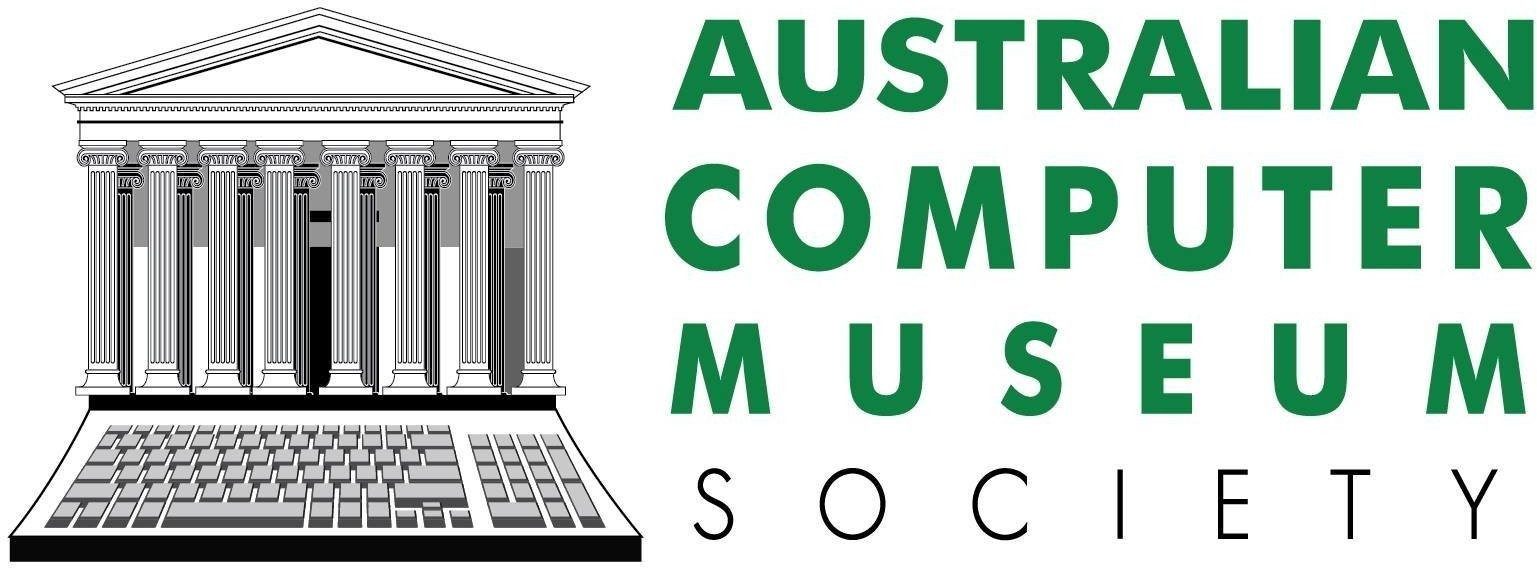Connections In The History Of Australian Computing
This paper gives an overview of early Australian computing milestones up to about 1970 and demonstrates a mesh of influences. Wartime radar, initially from Britain, provided basic experience for many computing engineers. This is an excellent perspective on how Australia influenced the development of the digital computer as we know it today. Written by John Deane, one of the co-inventors of WiFi (IEEE 802.11a Standard) at CSIRO Division of Radio Physics, perhaps most importantly, it reflects John's committment to the history of computing in our nation, as Chairman of the Australian Computer Museum Society (ACMS) in Sydney, Australia.
Read the full paper here: http://dl.ifip.org/db/conf/ifip9/hc2010/Deane10.pdf
Abstract. This paper gives an overview of early Australian computing milestones up to about 1970 and demonstrates a mesh of influences. Wartime radar, initially from Britain, provided basic experience for many computing engineers. UK academic Douglas Hartree seems to have known all the early developers and he played a significant part in the first Australian computing conference. John von Neumann's two pioneering designs directly influenced four of the first Australian machines, and published US designs were taken up enthusiastically. Influences passed from Australia to the world too. Charles Hamblin's Reverse Polish Notation influenced English Electric's KDF9, and succeeding stack architecture computers. Chris Wallace contributed to English Electric, and Murray Allen worked at Control Data. Of course the Australians influenced each other: Myers, Pearcey, Ovenstone, Bennett and Allen organized conferences, interacted on projects, and created the Australian Computer Societies. Even horse racing played a role. Keywords: Australia, computing, Myers, Pearcey, Ovenstone, Bennett, Allen, Wong, Hamblin, Hartree, Wilkes, CSIRO, CSIRAC, SILLIAC, UTECOM, WREDAC, SNOCOM, CIRRUS, ATROPOS, ARCTURUS.

related posts
- Grandmother of the Web
- Biography - Trevor Pearcey
- Historical Papers
- CSIRAC - Among the First Electronic Stored Program Computers
- Early Australian Internet
- CSIRAC: How to name your computer
- The world’s biggest non-IBM IBM network
- The History and Future of Wi-Fi: from Radiata to Morse Micro to Beyond!
- Australia’s first computer conference
- 2019 CSIRAC 70th Anniversary
